Her is some great tips on how to release fish and be a better fisherman. Use tackle that is an appropriate strength for the size of fish you expect to catch, as this avoids you having to play with the fish for a long time before landing. Long fights in warm water and other unsuitably conditions are especially damaging. Use barbless hooks and have pliers to hand in case of difficulty. If the fish is deeply hooked, cut the line as the hook will work its way out and this is less damaging than a prolonged wrestling match. Always use wet hands to handle fish and handle as little as possible. Avoid squeezing as this damage’s internal organs. Keep the fish in the water and avoid contact with the bank or gravel as this removes the surface slime and leaves the fish vulnerable to fungal infections. Don’t use gloves. Gloves remove more slime from any fish than wet, bare hands will. If it’s cold take your gloves of before handling the fish. Photograph your fish close to the water, holding it out of the water as briefly as possible. Release all fish gently and in rivers point its nose into the current so that water is flowing over its gills. Hold it gently until it swims away.
Measure length. It’s quite accurate and best for the fish. Length is more important the weight. It doesn`t matter if the weight isn’t 100% correct. Pluss minus a few grams goes just fine. Under you have a recepie on how to embed this into your daily fishing routine. Lay the fish so that the tail fin is spread in a natural position. Measure from nose tip to the posterior edge of the tail fin. The weight is measured to the nearest gram. BMI, finding the k-factor. Length and weight are used to calculate the condition of the fish, K-factor. In general, we can say that the fatter the fish is, the better fitness has it. Convert length to weight using this table and put the numbers in the formula.

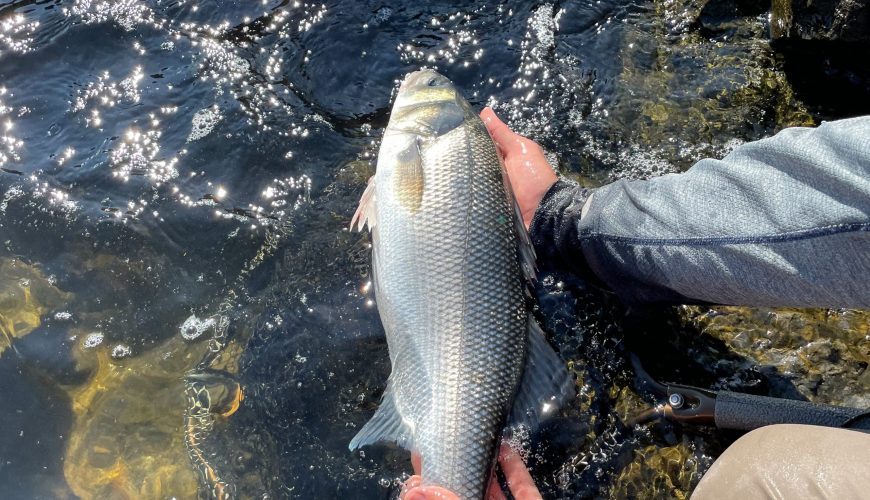
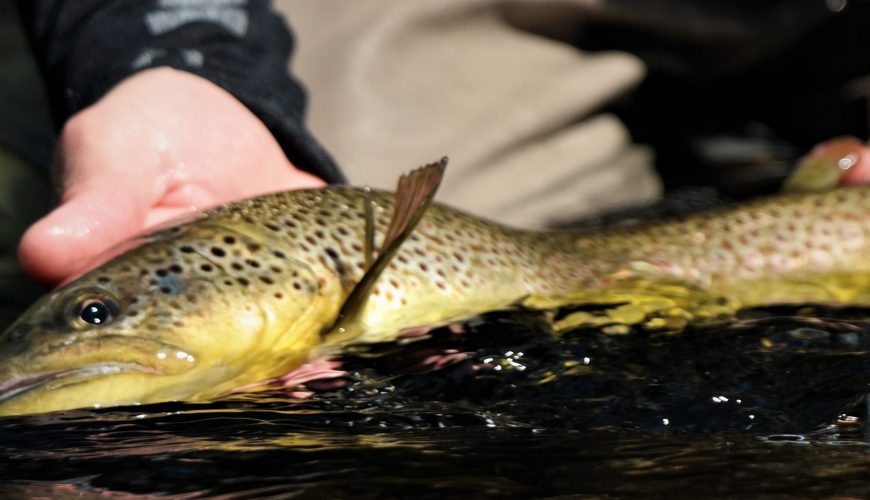
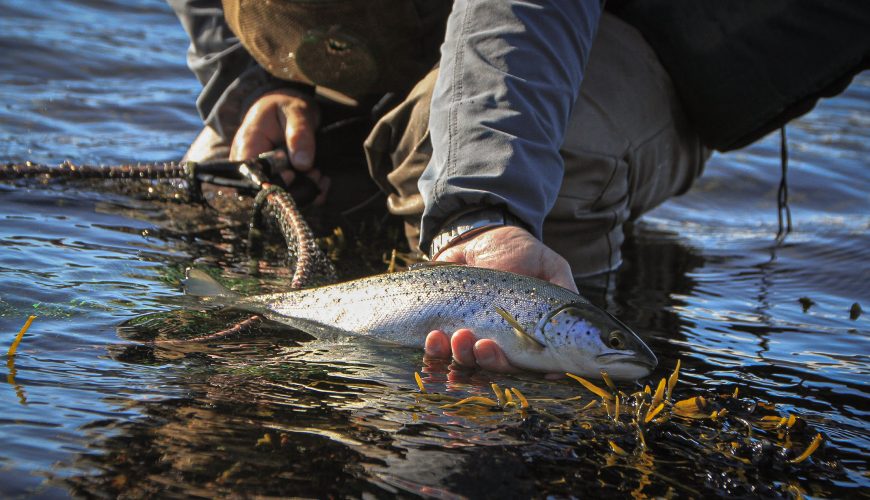
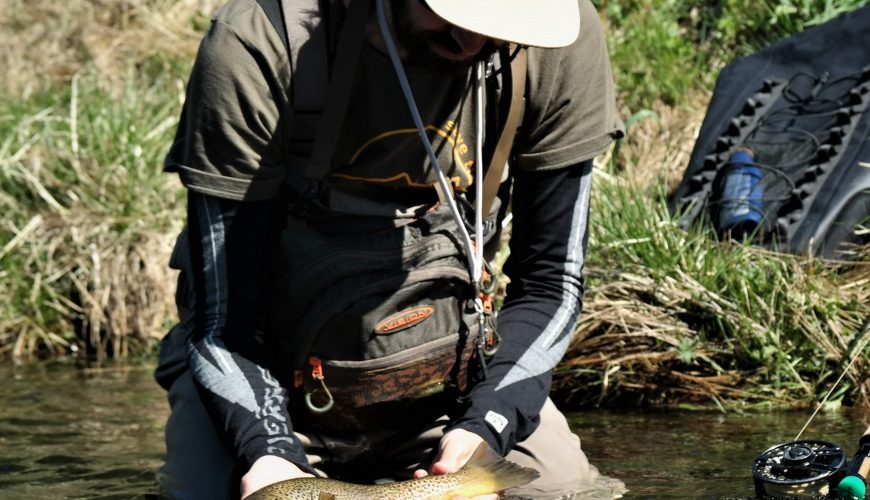
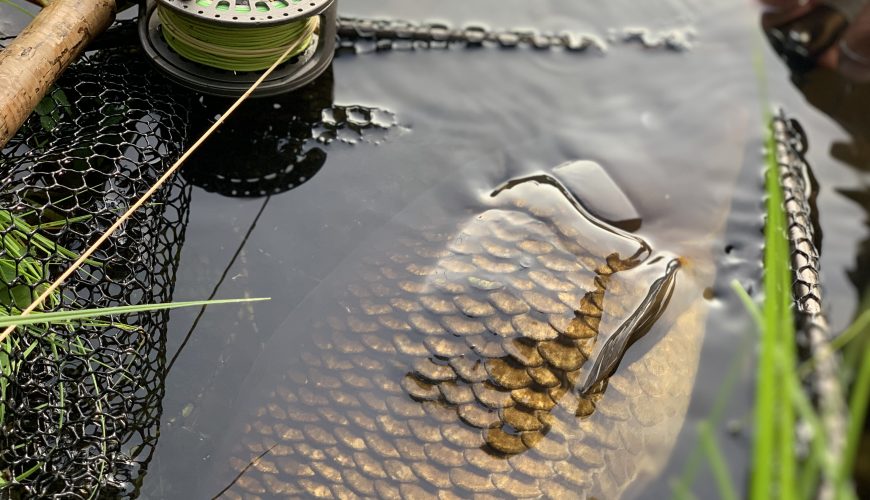
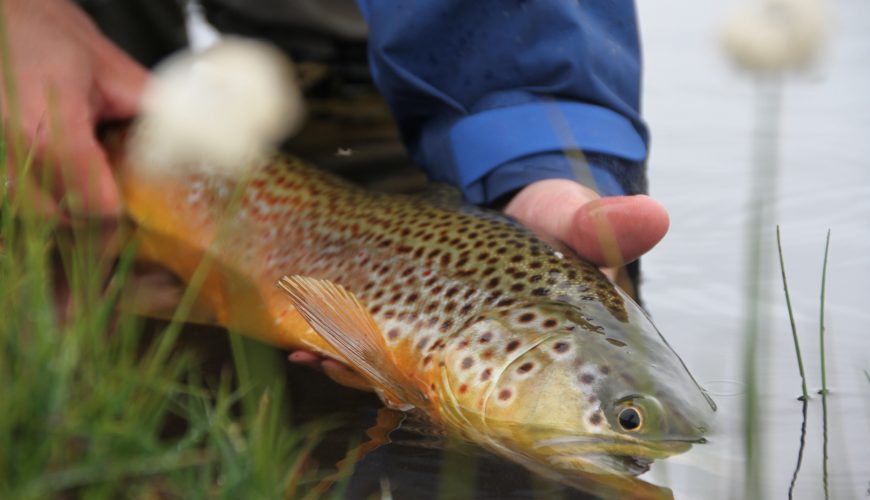
Comment (0)